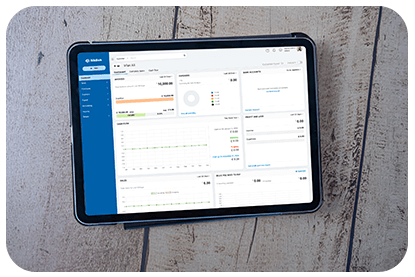19 April 2024
Cash Flow Statement Format: Key Steps You Should Know
Understanding the cash flow statement format is crucial for anyone involved in business finances. Whether you’re a business owner or an accountant, knowing how to read and prepare a cash flow statement helps track the company’s financial health. This article will guide you through the essential steps to master the cash flow statement format
A cash flow statement is a financial document that shows how cash moves in and out of a business. It reflects the cash generated or used in operations, investing, and financing activities. This statement is essential for assessing the liquidity of a company and determining its ability to meet financial obligations.
The cash flow statement consists of three main sections: Operating Activities, Investing Activities, and Financing Activities. Each section tracks different aspects of cash flow and provides insights into a business’s financial status.
Operating Activities
Operating activities are the core business activities that generate cash inflows or outflows. This section includes cash transactions related to the primary functions of the business, such as sales, expenses, and income from operations.
Examples of cash flow from operating activities include:
- Cash received from customers
- Cash paid to suppliers and employees
- Cash paid for operating expenses
Investing Activities
Investing activities involve the purchase and sale of long-term assets, like property, equipment, or investments. This section helps to track how much cash is spent or earned from investments.
Examples of cash flow from investing activities include:
- Cash used for purchasing equipment
- Cash received from selling investments or assets
Financing Activities
Financing activities refer to transactions involving the company’s own capital. This includes borrowing money, repaying loans, issuing stock, or paying dividends to shareholders.
Examples of cash flow from financing activities include:
- Cash received from issuing stocks or bonds
- Cash paid to repay loans or dividends to shareholders
Creating a cash flow statement requires careful preparation and understanding of your business’s financial activities. Follow these key steps to create an effective cash flow statement.
- Start with the Beginning Cash Balance The first step is to establish your starting cash balance at the beginning of the period. This figure can be found in the previous period’s cash flow statement or balance sheet.
2. Calculate Cash Flow from Operating Activities Analyze all cash inflows and outflows related to operations. Include receipts from customers, payments to suppliers, and wages paid. Adjust for non-cash items such as depreciation and changes in working capital.
3. Determine Cash Flow from Investing Activities Review transactions involving investments. Record cash used to purchase long-term assets and cash received from the sale of investments.
4. Account for Cash Flow from Financing Activities Examine how the company has raised or repaid funds. Include cash from issuing or repurchasing stocks and bonds, as well as loan payments.
5. Calculate the Ending Cash Balance After summing the cash flow from all three activities, add or subtract this amount from the beginning cash balance. This results in the ending cash balance, which is recorded on the cash flow statement.
A well-prepared cash flow statement provides a clear picture of the company’s liquidity. It ensures that the business can meet its obligations, invest in growth, and pay dividends to shareholders. Moreover, it helps business owners identify areas where cash flow might be too tight and take corrective action.
Common Cash Flow Statement Mistakes to Avoid
Mistakes in preparing a cash flow statement can lead to inaccurate financial reporting. Here are some common errors to avoid:
- Incorrect Classification of Cash Flows Ensure that cash flows are correctly classified into operating, investing, and financing activities. Misclassifying transactions can distort the true picture of the company’s cash flow.
2. Neglecting Non-Cash Adjustments Failing to adjust for non-cash items like depreciation or changes in working capital can affect the accuracy of the cash flow statement.
3. Ignoring Timing Differences Cash flow can vary based on the timing of transactions. Be sure to account for timing differences to ensure accurate reporting.
Read More About: Cash Flow Statement Format: Key Sections and Their Importance
Conclusion
Mastering the cash flow statement format is essential for managing business finances effectively. By following the proper steps and avoiding common mistakes, you can create an accurate cash flow statement that reflects the financial health of your company. This knowledge helps you make informed decisions and ensures your business stays on track financially.



